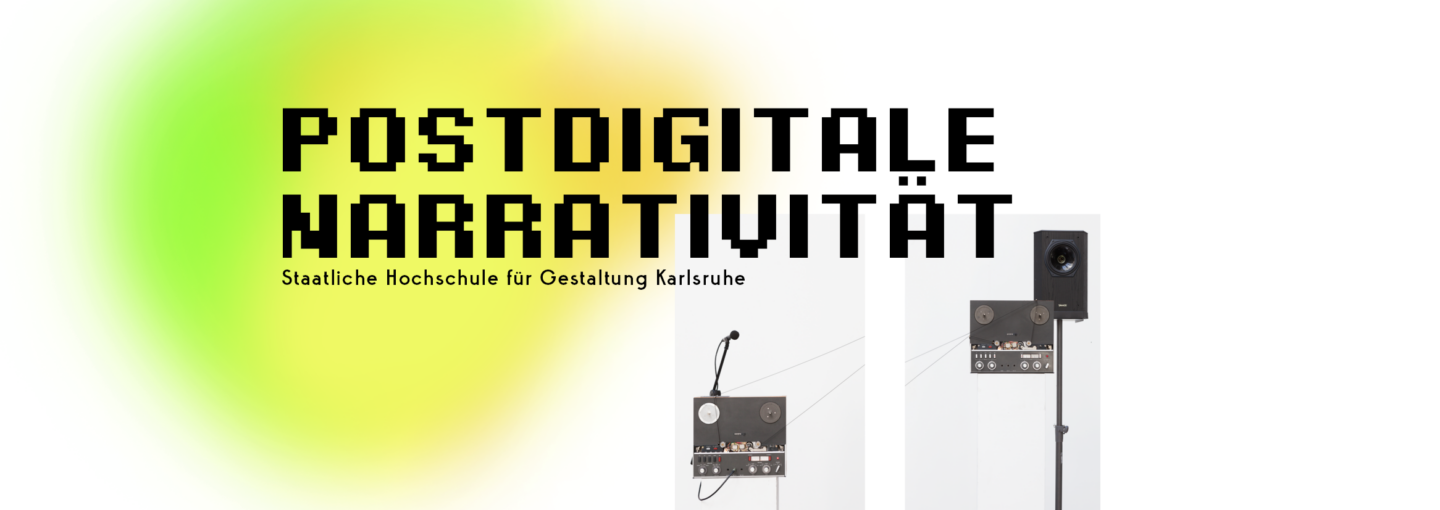INSTALLATIONEN, WORKSHOPS, KÜNSTLERISCHE FORSCHUNG
Vom 02. bis 11. September 2011 präsentierte die Kunstausstellung <OPEN DOORS/> interaktive Installationen, Workshops und Performance im Stadtraum Karlsruhes.
Jens Stober, Jan Cordes, Marianne Schmidt und Hedi Haase realisierten im vergangenen Jahr Konzepte unter dem Thema “Tür” / “Eingang” oder “Durchgang”. Die Ideen wurden im Rahmen des Seminars “LOCKPICKING“ unter der Leitung von Prof. Michael Bielicky entwickelt und von der Franz Schneider Brakel GmbH + Co KG gesponsert.
Die weite und vielfältig umgesetze Interpretation des Themas zeigte Werke verscheidener künstlerischer Herangehensweisen.
Hedi Haase separiert eine scheinbar willkürlich ausgewählte Fläche auf “öffentlichem Boden”. Ein schwarzes Absperrband mit der Aufschrift “bitte nicht betreten” schränkt scheinbar ohne Grund einen Teil des öffentlichen Raumes ein. Um diese verbotene Zone stehen leere Stüle, arrangiert zu einer Art Zusschauerbereich.
Marianne Schmidt zeigte die Installationen “actualitas” an der HfG und dem Hauptbahnhof, sowie “storage” im Badischen Landesmuseum.’
Zu sehen ist die holografische Lichtprojektion eines schwarzen Loches. Ein “echtes” Schwarzes Loch ist eine solch starke Krümmung der Raumzeit, dass nichts von innerhalb nach außerhalb gelangen kann. Die Grenze dieses Bereichs wird Ereignishorizont genannt – ein Punkt an dem es kein Zurück gibt.
Die Installation „Grenzwert“ von Jens Stober und Jan Cordes besteht aus zwei Türrahmen mit Lichtschranken, welche alle Personen die den Rahmen durchschreiten zählen. Auf jedem Türrahmen befindet sich ein Bildschirm, der verschiedene Symbole/Piktogramme anzeigt. Dise weisen die Personen auf verschiedene Anordnungen und Verbote hin. Die gesammelten Daten werden auf einer Internetseite als Statistik ausgegeben.
Von der Keilschrift abgeleitet wurde am Computer eine neue Schrift generiert, welche mit einem USB-Stick in Tontafeln eingeprägt wurde. Diese unterlagen künstlichen Alterunsprozessen. Die hier als Ausgangspunkt dienende sumerische Keilschrift ist die heute älteste bekannte Schrift, bestehend aus strichförmigen Ikons. Durch eine bestimmte Strichkombination ensteht ein Code, welcher einen bestimmten Wert/Begriff symbolisiert. Das Prinzip blieb bis heute unverändert.
Fast vierzig Gastkünstler bereicherten die Eröffnung und den Abschlussabend mit Beiträgen aus den Bereichen Fotografie, Sound, Performance und Literatur. Jens Barth zeigte zur Eröffnung eine Tür-Projektion auf dem Werderplatz. Der litauische Gastkünstler Julijonas Urbonas präsentierte seine Installationen “Sounding Doors” am Hauptbahnhof und dem ZKM. Diese gewannen 2010 den Prix Ars Electronica. Ein Workshopprogramm ergänzte seinen Besuch. Silke Scheuermann verfasste eigens für die Veranstaltungsreihe mehrere literarische Aufsätze, welche sie zur Vernissage dem Publikum vorstellte. Das französische Künstlerkollektiv RYBN bereicherte den Abend mit elektronischen Klängen. RYBN ist ein seit 2001 in Paris und Berlin arbeitendes autonomes Kollektiv. In Zusammenarbeit mit ExpertInnen aus verschiedenen Feldern, spezialisieren sie sich auf interaktive & Netzwerk-Installationen, Performances und Interfaces.
Weitere Bilder : http://www.opendoors-ka.de/galerie.html
Offizielle Webseite: www.opendoors-ka.de
_ _ _ _ _ _ _ _ _
English version
INSTALLATIONS, WORKSHOPS, ARTISTIC RESEARCH
From September 2. till 11. the exhibition <OPEN DOORS/> presented interactive installations, workshops and performances in Karlsruhe’s urban space. Installations by Jens Stober, Jan Cordes, Marianne Schmidt and Hedi Haase were shown in the urban space. The concept that deals with the topics “door” / “entrance” or “passage” was developed in Prof. Michael Bielicky’s seminar “LOCKPICKING” and was sponsored by Franz Schneider Brakel GmbH + Co KG. The wide and varied interpretation of the theme showed works of different artistic approaches.
Hedi Haase separates an apparently randomly selected area on “public land”. A black barrier tape that says “please do not enter” restricts a part of public space for no apparent reason. Chairs are arranged around this resrticted area to some kind of spectator area.
Marianne Schmidt showed the installations “actualitas” at the HfG and the main railway station, as well as “storage” in the Baden State Museum. What you see is the holographic light projection of a black hole. A “real” black hole is such a strong curvature of spacetime, that nothing can go from inside to outside. The limit of this area is called the event horizon – the point where there is no turning back.
The installation “Grenzwert” (limit) of Jens Stober and Jan Cordes consists of two door frames with photocells, which count all people passing through the frames. On each door frame is a screen which shows various symbols/pictograms. These point out various orders and prohibitions to the people. The collected data is displayed on a website as a statistic.
Deriving from the cuneiform writing a new font was generated on the computer, which was embossed with a USB drive into clay tablets. These were subject to artificial aging processes. The Sumerian cuneiform which serves as a starting point here is the oldest known writing today, consisting of line-shaped icons. Through a combination of specific lines a code results, which represents a particular value/term. The principle remains unchanged to this day.
The opening and closing night were enriched by almost forty guest artists with contributions from the fields of photography, sound, performance and literature. Jens Barth showed a door projection at the Werderplatz on the opening. Lithuanian guest artists Julijonas Urbonas presented his installations “Sounding Doors” at the Central Station and the ZKM. Those won the 2010 Prix Ars Electronica. A workshop program completed his visit. Silke Scheuermann specially wrote several literary essays specifically for this event, which she presented to the public at the opening. French artist collective RYBN enriched the evening with electronic sounds. RYBN is an autonomous collective working in Paris and Berlin since 2001. In collaboration with experts from different fields, they specialize in interactive and network installations, performances and interfaces.
pictures : http://www.opendoors-ka.de/galerie.html
website: www.opendoors-ka.de

